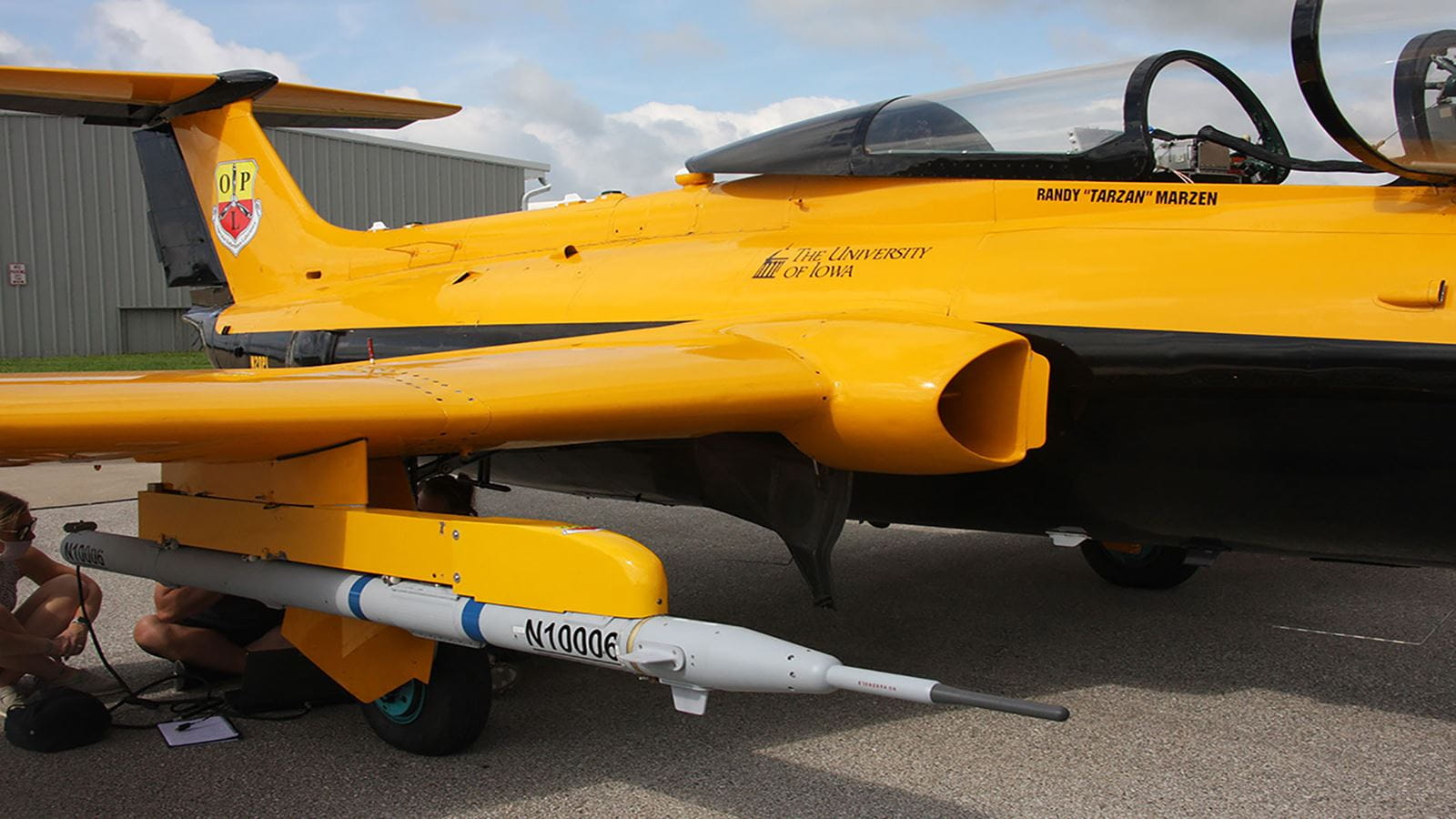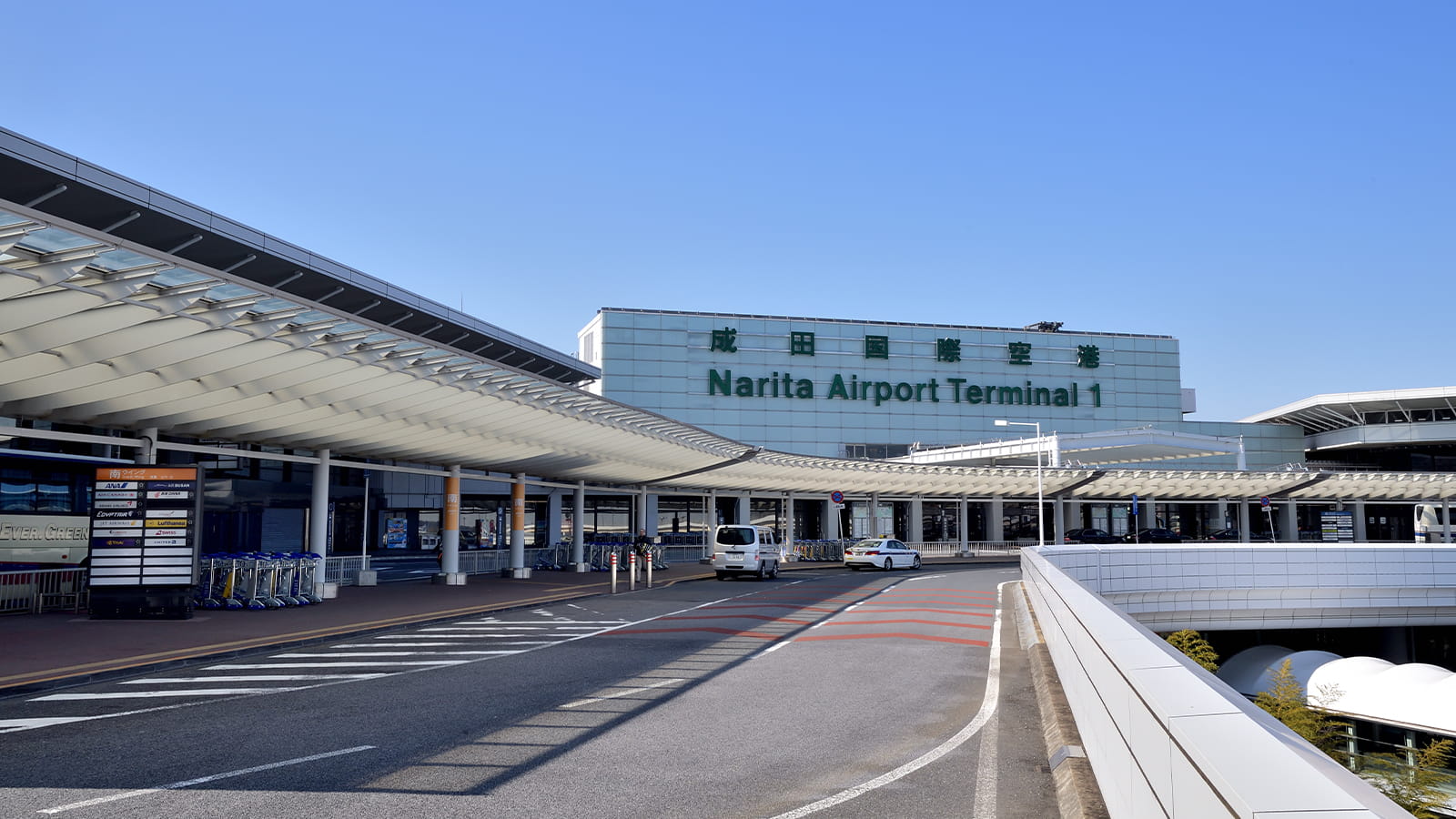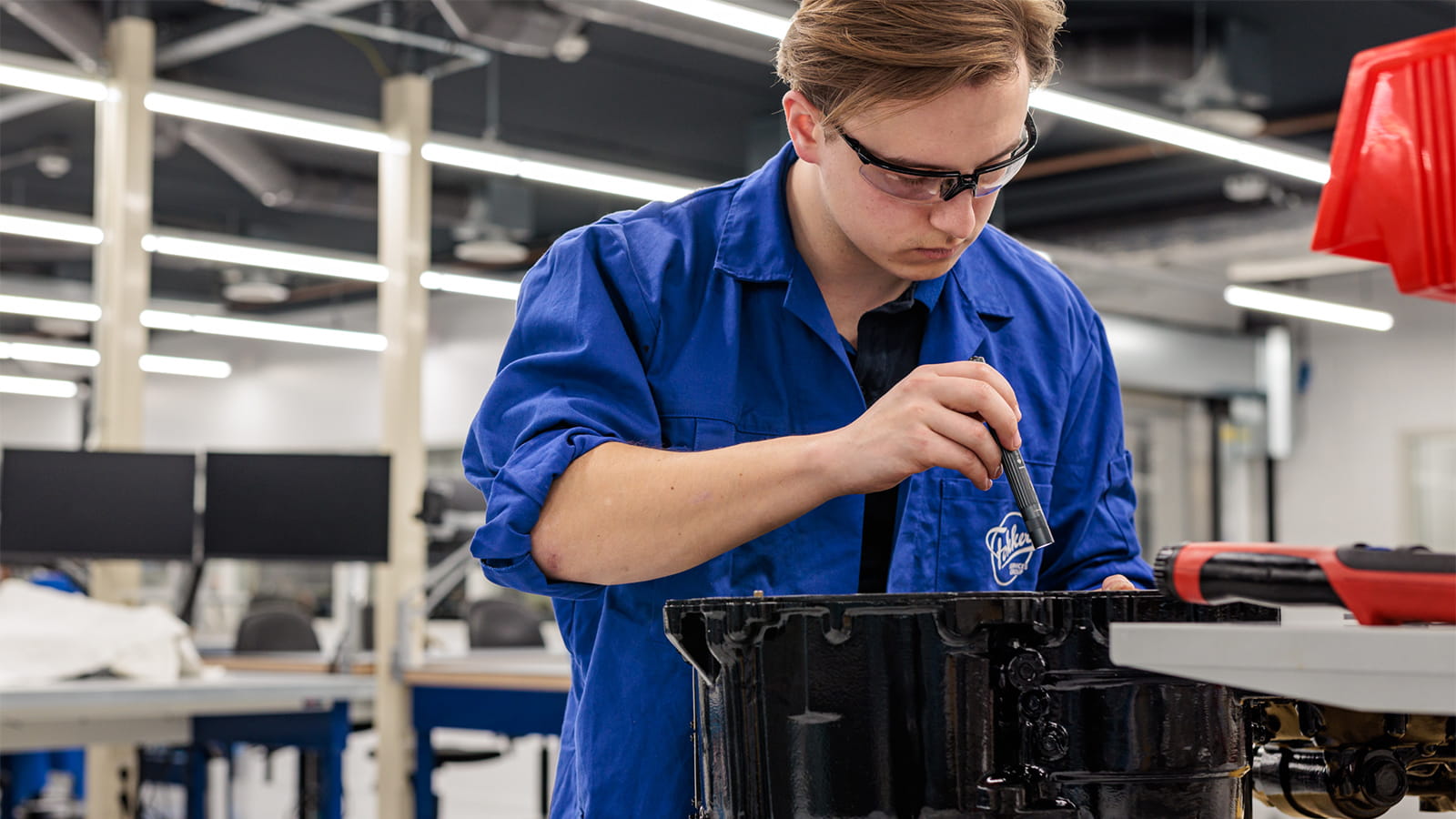Delivering secure, mature and open tactical training systems to the modern warfighter
The Tactical Combat Training System II (TCTS II), a military training tool that includes Collins Aerospace Joint Secure Air Combat System (JSAS) technology, is flight-tested and ready for takeoff. The scalable solution features open-systems architecture and simulates real-time threats in today’s unpredictable, ever-evolving battlespace.
--------------------------------------------------------
Ask any modern warfighter: The days of training on a single aircraft for a specific mission or within the limits of a traditional air-to-air or air-to-ground domain are behind us. Training for today’s battlespace requires agility, split-second situational awareness and a technological fluency that weren’t necessary or even possible in previous generations.
To ensure military pilots are ready for highly contested and congested scenarios, they must train across air, land, sea, space and cyberspace at the same time. Live, Virtual and Constructive (LVC) training is the approach that can help them meet their missions in an ever-changing environment.
Tactical Combat Training System Increment II (TCTS Inc II) is the latest leap in LVC training. Using Collins Aerospace’s Joint Secure Air Combat System (JSAS) technology, the TCTS II’s open, Multiple Independent Levels of Security (MILS)-encrypted architecture and advanced computing power make it versatile enough for next-generation training scenarios using Synthetic Inject to Live (SITL), and responsive enough to evolve with changing threats.
The road to readiness
Collins announced the beginning of the test phase for the U.S. Navy’s first TCTS II training pod earlier this year and started trials right away. By July, Collins had begun work with the University of Iowa’s Operator Performance Laboratory (OPL) in Cedar Rapids to take live flight tests to the runway.
The live flight tests used civilian aircraft – a way to make sure the system met customer requirements without the expense of tying up actual military resources.
“Using civilian aircraft at this stage of testing is cost-effective and allows us to streamline the process and focus on the mission without taking any valuable range time away from service members on the base,” said Chip Gilkison, business development director for Integrated Solutions at Collins.
Demonstrating cross-mission capabilities
The flight test verified TCTS II’s long-range, air-to-air and air-to-ground datalink reliability, and it allowed the team to identify and resolve risks ahead of TCTS’s first military flight at Naval Air Station (NAS) Patuxent River in Maryland this winter.
“This is the phase of testing where we establish the larger, proof-of-system capabilities,” added Gilkison. “We’re not only demonstrating the technology’s operational value, but also its cross-mission utility to our defense customers.”
Dr. Thomas “Mach” Schnell, industrial engineering professor at the University of Iowa and the founder and director of the Operator Performance Laboratory, was on the TCTS II live flight test team and knows the technology well.
“TCTS II, with its live and synthetic training scenarios, represents a quantum leap in air combat training capability,” said Schnell. “It was an honor for OPL to be chosen as the flight test center where the first article of TCTS II was flown.”
Taking mobile testing on the road
The COVID-19 pandemic made flight-test logistics more challenging than usual, though the inherently flexible TCTS II infrastructure lent itself well to the lab’s testing process. The teams found a way to work collaboratively without having to sit side-by-side under the same roof.
Before moving the test team to the Operator Performance Laboratory, the Collins Aerospace team set up a ground system and communicated to the aircraft through a remote range unit in the Cedar Rapids lab environment. The team then simply unplugged and transported all the equipment to OPL in a van ahead of the flight test. The first two flights used one L-29 carrying a pod and a Beechcraft Bonanza carrying the remote range unit.
Proven success at SLAAM
Collins and the Operator Performance Laboratory have a successful track record of demonstrating the value of LVC programs. In 2019, they teamed up for the Secure Live Air-to-Air Mission (SLAAM) demonstration to showcase how established Department of Defense training equipment – in this case, JSAS – can pave the way for effective LVC program integration. The JSAS solution encompasses TCTS II, as well as the Common Range Integrated Instrumentation Solution (CRIIS) and other custom training components.
In this instance, the U.S. government and Collins had intended to conduct SLAAM at an Air Force base in the western U.S., but logistics made a civilian setting in Iowa more feasible.
“The demonstration was yet another opportunity to show that MILS-encrypted solutions like TCTS II with open-system architecture have staying power in a SITL environment,” said Gilkison.
As LVC training continues to evolve, so too will the Collins and the Operator Performance Laboratory response to testing. And, as our military customers continue to see the benefits of secure, mature and open tactical training technology, tomorrow’s military pilots will be even more prepared for today’s ever-changing battlespace.



